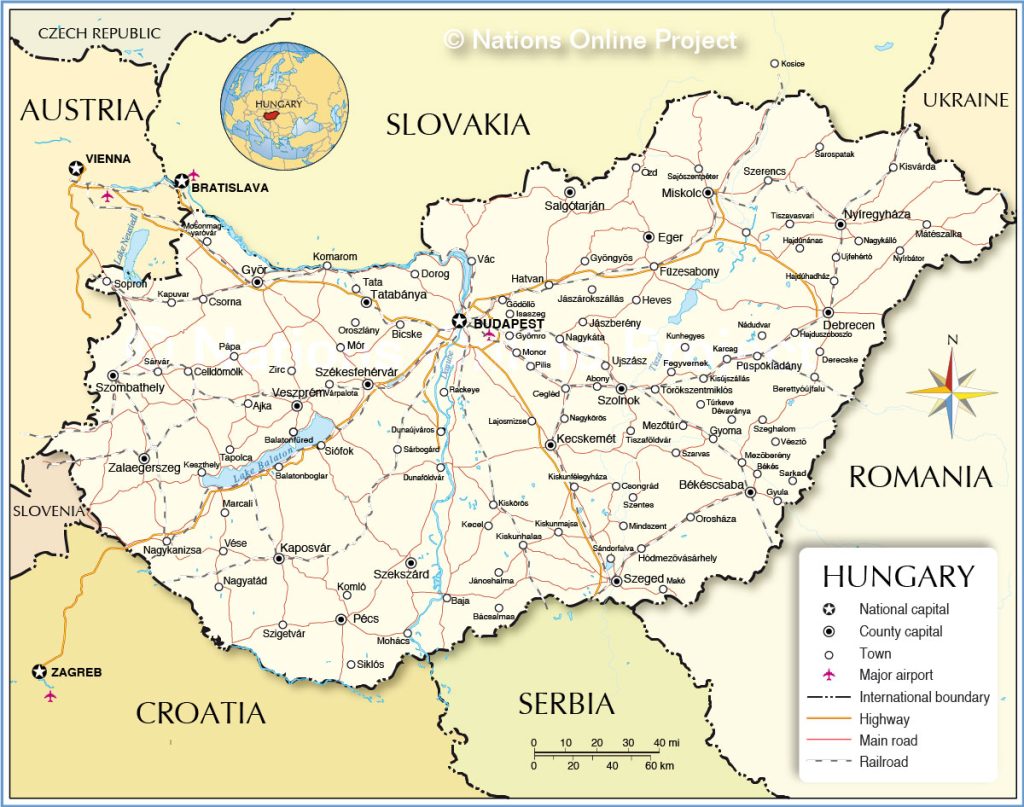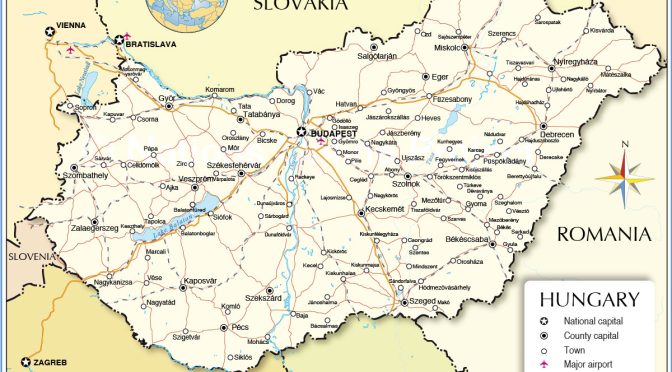The future of Hungary’s energy market is set to be revolutionized by the growing importance of wind energy. As the country faces increasing pressure to reduce its reliance on fossil fuels and transition to a more sustainable energy system, wind power is emerging as a key solution to meet these challenges. This shift towards renewable energy sources not only reflects global trends but also aligns with Hungary’s commitment to the European Union’s climate and energy goals.
One of the driving forces behind the rise of wind energy in Hungary is the country’s favorable geographic conditions. With vast flatlands and an average wind speed of 5.5 meters per second, Hungary possesses significant potential for harnessing wind power. In fact, according to the Hungarian Wind Energy Association, the country has the capacity to generate up to 6,000 MW of wind energy, which would be enough to cover nearly 20% of its electricity needs.
The Hungarian government has recognized the potential of wind energy and has taken steps to support its development. In 2016, the National Renewable Energy Action Plan set a target for Hungary to generate 14.65% of its electricity from renewable sources by 2020. While this target was not met, the government has continued to show its commitment to renewable energy by launching the Hungarian Energy and Climate Plan in 2020. This plan aims to increase the share of renewables in the country’s energy mix to 21% by 2030, with wind energy expected to play a significant role in achieving this goal.
The private sector has also been instrumental in driving the growth of wind energy in Hungary. Over the past decade, several major wind farm projects have been developed across the country, with a total installed capacity of over 330 MW. These projects have not only helped to diversify Hungary’s energy mix but have also created jobs and stimulated local economies. As the demand for clean energy continues to rise, it is expected that more private investors will be attracted to the Hungarian wind energy market, further accelerating its growth.
One of the key challenges facing the expansion of wind energy in Hungary is the need for a modernized and flexible grid system. As the country’s electricity grid was designed primarily for large-scale, centralized power generation, it is not well-suited to accommodate the variable and decentralized nature of wind power. To address this issue, the Hungarian government has been investing in grid modernization projects, including the construction of new transmission lines and the implementation of smart grid technologies. These investments will not only help to integrate wind energy into the grid more efficiently but will also pave the way for the development of other renewable energy sources, such as solar and biomass.
The growing importance of wind energy in Hungary’s energy market is not only a reflection of the country’s commitment to a more sustainable future but also a testament to the resilience and adaptability of its economy. As the global energy landscape continues to evolve, Hungary’s embrace of wind power demonstrates its readiness to seize new opportunities and contribute to the global fight against climate change.

In conclusion, the future of Hungary’s energy market is set to be shaped by the growing importance of wind energy. With favorable geographic conditions, supportive government policies, and increasing private sector investment, Hungary is well-positioned to harness the power of the wind and transition to a more sustainable energy system. As the country continues to modernize its grid and invest in renewable energy technologies, it is clear that wind power will play a central role in Hungary’s energy future, driving sustainable growth and contributing to a greener, cleaner world.


